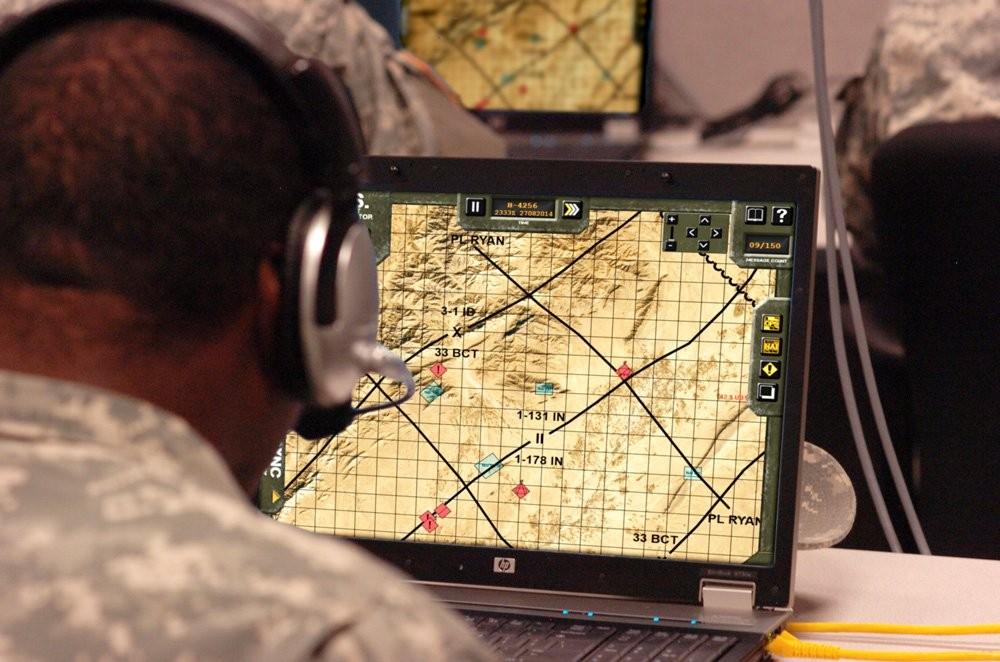This post is also available in:
 עברית (Hebrew)
עברית (Hebrew)
Networked devices and infrastructure are becoming increasingly complex, making it nearly impossible to verify an entire system, and new attacks are continuously being developed.
To rapidly protect Army systems from attack in ways that don’t require massive amounts of manual intervention, researchers have identified an approach to network security that will enhance the effectiveness and timeliness of protection against adversarial intrusion and evasion strategies.
The new SymTCP approach developed by a team from the US Army’s corporate laboratory in collaboration with the University of California, can be used to identify previously unknown ways to bypass deep packet inspection, or DPI, checks in networked appliances, often what internet service providers use to prevent malicious attacks from being launched or to censor certain content.
“Identifying strategies that attackers use to evade DPI in networked systems has been generally a manual process,” said Dr. Kevin Chan, researcher at the U.S. Army Combat Capabilities Development Command’s Army Research Laboratory. “This research provides an automated method to identify potential vulnerabilities in the Transmission Control Protocol, or TCP, state machines of DPI implementation.”
“This research will improve the security of Army networks in terms of being able to protect against future intrusion and evasion strategies,” Chan said. “It has developed an efficient way to find and patch vulnerabilities in future Army network infrastructure.”
According to the researchers, information must be securely transmitted between domains (i.e. air and land) and within domains (i.e. cyber domains) for various Army functions, making this research crucial to each of the Army Modernization Priorities in support of enabling Multi-Domain Operations, with direct applicability to the Army’s Network Modernization Priority, as reported by eurekalert.org.

























